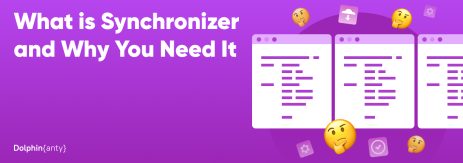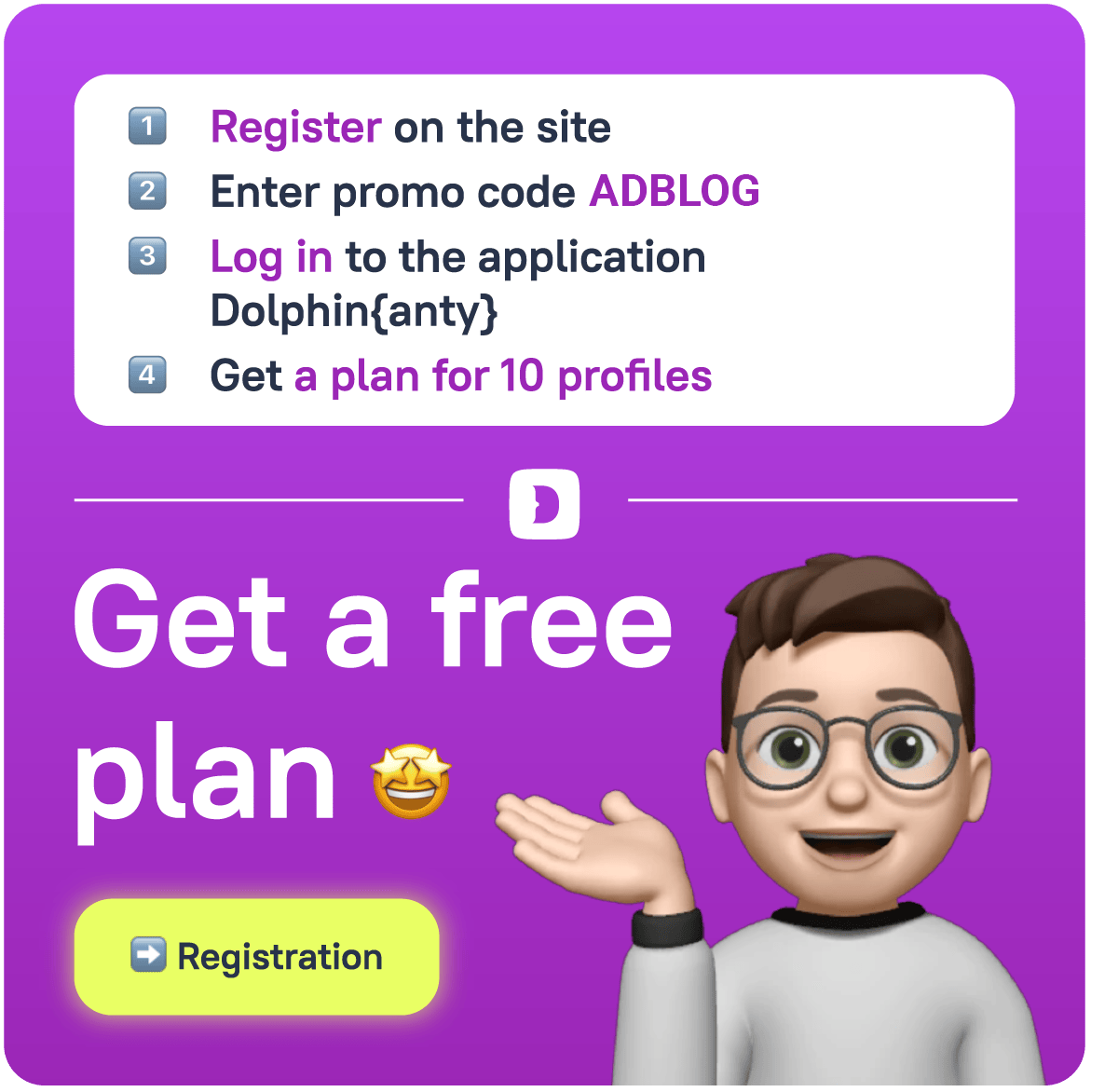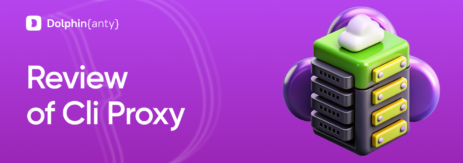What is Branded Traffic and How to Work with it
Blog » What is Branded Traffic and How to Work with it
Traffic is the basis 🤝 affiliate marketing. It determines how many users visit a site, how they interact with content, and how likely they are to complete a target action. The main traffic sources include social networks, messaging apps, video hosting platforms, search engines and any places where users spend their time online. After all, if there are no users, there won’t be any clicks to the right webpage either.
Today, we’ll have a talk about a somewhat controversial source — branded traffic in affiliate marketing. We’ll break down what it is, discuss its advantages and disadvantages, and take a look at cross-brand traffic. Additionally, we’ll provide you with some practical tips so you can effectively drive branded traffic and make the most of it in your work.
What is Branded Trqaffic?
☝️ Branded traffic refers to visits to a website by users who are already familiar with the brand and are searching for it intentionally. This type of traffic can be obtained through:
- Direct visits — users manually enter the website address or click on a saved link;
- Branded queries — users type the name of a specific company, product or slogan in the search engine;
- Traffic from contextual ads — the brand uses ads for its branded queries so that users see the creatives and click on them;
- Traffic from social media and email newsletters — the audience returns through the brand’s communication channels with users.
This type of traffic is one of 🏆 the most valuable, as it shows that people already know the company and are consciously choosing it. The stronger the brand recognition, the higher the trust in the product. However, branded traffic in affiliate marketing comes with some challenges.
Advantages and Disadvantages of Branded Traffic in Affiliate Marketing
Working with branded traffic can be both 🙂 a powerful tool for growth and ☹️ a source of difficulties. On one hand, promoting offers among an already warmed-up audience is easy and profitable. On the other hand, many advertisers and affiliate programs that work with them do not accept branded traffic and prohibit the use of their branded queries, which can lead affiliates to bans or sanctions. Let’s take a closer look at both sides.

Many affiliate programs accept branded traffic only after personal conversation and not many of them admit that they accept it.
✅ The advantages of branded traffic include:
- High conversion — users searching for the brand are already interested in the product, so the likelihood of a target action (purchase, registration) is significantly higher;
- Cheaper than competitive traffic — in most cases, the cost per click on branded queries is lower than for general keywords;
- Trust of the audience — the affiliate marketer works with users who are already familiar with the brand, so they have fewer doubts about making a purchase;
- Less warming-up required — there is no need to spend a lot of time convincing users, as the brand has already done that for you.
However, unfortunately, branded traffic has also its ❌ disadvantages. In addition to restrictions from advertisers, the following aspects should be highlighted:
- High competition — the advertiser may be buying traffic for their branded queries themselves;
- Legal risks — in some cases, using the brand’s name in ads without permission can lead to claims or even lawsuits;
- Scaling difficulties — the volume of branded traffic is limited, and its growth depends on the brand’s popularity.
What is Cross-brand?
In marketing and affiliate marketing, it’s not just branded traffic that plays an important role, but also the possibility to attract an audience through other brands. Cross-brand traffic refers to user visits to a site or offer after interacting with another brand. This approach allows you to 🙋♂️ expand your reach and attract a new audience.
Cross-brand traffic is generated through:
- Shout out for shout out (SFS) — companies join forces for promotions, posts, and collaborations, redirecting traffic to each other;
- Working with competitor queries — running ads for competitor keywords in search engines;
- Retargeting the audience of other brands — using pixels and ad accounts to show ads to users interested in similar brands;
- Advertising through influencers — promoting through bloggers and public figures working with another brand, but having a similar audience.
- Joint webinars, articles, and events — generating traffic through collaborative content.
Using cross-brand traffic can be a 💲 profitable strategy, but in affiliate marketing it also has its own peculiarities.
Advantages and Disadvantages of Cross-brand Traffic in Affiliate Marketing
Cross-brand is a tool that can bring good profit but requires 🤓 a smart approach. Let’s break down its pros and cons.
✅ Advantages of cross-brand traffic include:
- Access to a new audience — you can attract users who are not yet familiar with the offer but are interested in similar products;
- Lower competition for keywords — traffic from competitor or related brands can be cheaper than broad commercial search queries;
- Increased audience interest — users interested in similar brands may be more likely to accept the offer;
- Flexibility in operations — You can test different sources, audiences and offers, without being limited to just your brand.
❌ The disadvantages to consider include:
- High conversion rates are not always high — the audience may simply not trust another brand;
- Reputation risks — associating the offer with an unsuitable brand can negatively affect campaign results.
- Restrictions from advertising platforms — working with competitor queries and retargeting other audiences may violate platform rules.
Using cross-brand traffic in affiliate marketing is a complex strategy, but if you select the right offers and test different approaches, you can achieve great results without facing intense competition for traffic.
How to Effectively Drive Brand Traffic?
Using brand advertising in affiliate marketing is a strategy with 📈 high potential, but it requires a thoughtful approach and a thorough understanding of the affiliate program’s rules — not all of them approve brand traffic. However, if the advertiser allows it and the affiliate is ready to acquire brand traffic, it can be an excellent way to generate cheap leads.
How can you attract brand traffic? Here are a few options.
With SEO, brand traffic can be generated through organic site promotion, creating high-quality content, monitoring brand reputation in search engines and working with maps by giving positive reviews about the company.

Some services will display all the key queries.
A good strategy is to create niche websites for further monetization through affiliate programs by organically integrating referral links into the content.
Launching ads for your own branded keywords helps retain the audience, control the first screen of search results and increase conversion rates.
At the same time, competitors may also use branded queries to capture your audience. The main 🔐 protection methods include:
- Monitoring ad campaigns — checking who is advertising for your branded queries and filing complaints with ad platforms if necessary;
- Trademark registration — granting the right to request the removal of competitor ads from search engines.
Studying successful cases, adapting them and testing different approaches is a way to find the most effective strategy.
Conclusion
We’ve explored what branded traffic is, its advantages and disadvantages and the best ways to work with it. The key takeaway is understanding how branded traffic is generated — through brand recognition, audience loyalty, SEO efforts and ad campaigns. To use it effectively, you need to not only attract new users but also protect your audience from competitors.










